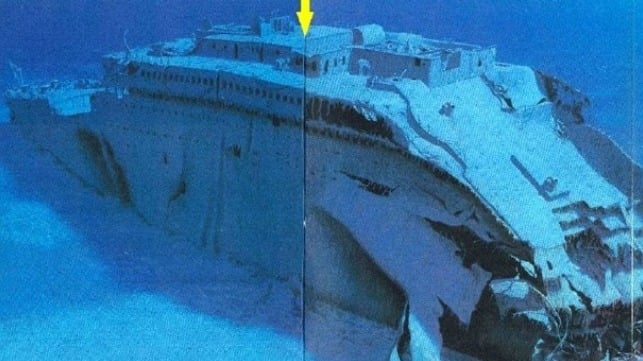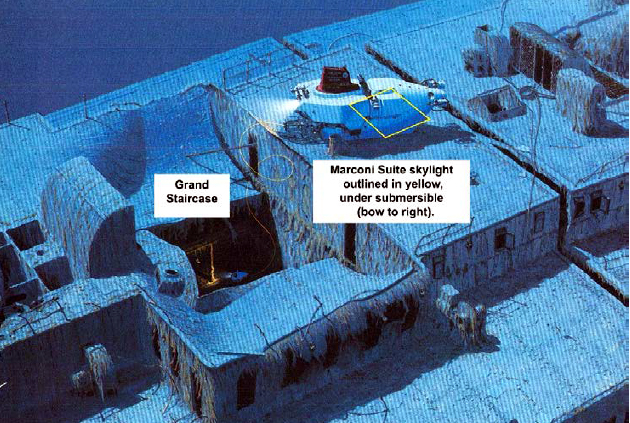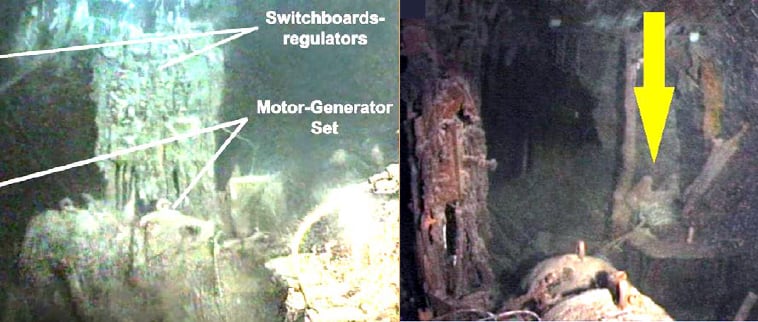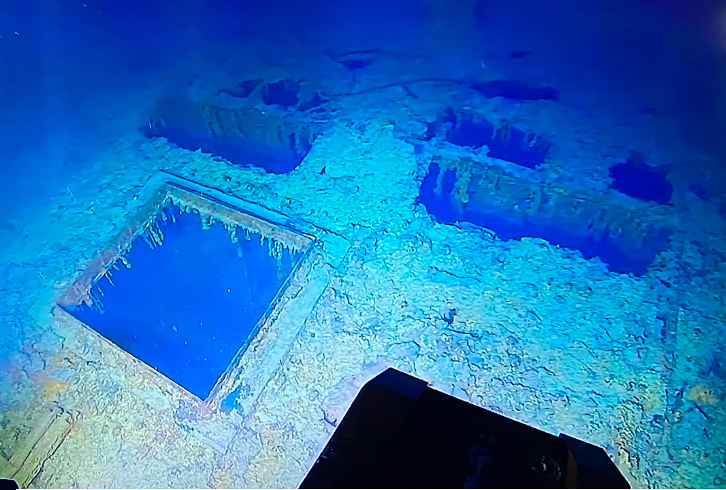Titanic 2020 Expedition to Recover Radio Equipment Challenged By NOAA

The next installment in the 100-plus year drama around the Titanic is about to play out in a Virginia courtroom. RMS Titanic, which holds the rights to the wreck site, was due by June 18, 2020, to file a financing plan for the recovery and conservation of artifacts it is targeting during its 2020 expedition to the wreck. In addition, RMS Titanic also has to respond to a challenge from the National Oceanic and Atmospheric Administration (NOAA) to its plan to enter the ship to recover parts of the famed Marconi wireless.
The U.S. Department of Justice on behalf of NOAA filed a motion with the U.S. District Court in Norfolk, Virginia seeking to intervene in the current court case, asking the court to stop RMS Titanic from conducting “any research, exploration, salvage, or other activity that would physically alter or disturb the wreck or wreck site of the RMS Titanic.” The U.S. is also asking for an extension on the time to file an appeal to the court’s May 20, 2020 ruling that would permit the expedition to proceed subject to the financing plan. The court has been overseeing the expeditions and artifact recovery, but in 2000 forbid cutting into or detaching any part of the wreck.
At issue is far more than just the plan to recover parts of the Marconi equipment, but also a larger dispute over the laws governing oversight of the wreck and potentially other sensitive sites. NOAA claims that RMS Titanic requires authorization from the Secretary of Commerce under the provision of the International Titanic Agreement under which the United States and the United Kingdom regulate activity at the wreck site “so that the hull, other artifacts, and human remains are not disturbed.”
RMS Titanic says that it regrets that its relationship with NOAA has become increasingly adversarial, but it believes that NOAA is overreaching and attempting to expand the standards that apply to its activities. In its legal filing, RMS Titanic contends, “This Court – and only this Court – has the Constitutional jurisdiction to provide oversight.”

Rendering of the planned recovery from the Marconi suite with the ROV in position
This latest dispute stems from the company’s efforts to modify the court’s 2000 order that prevented the 2020 expedition’s goal of recovering the Marconi equipment. RMS Titanic petitioned the court saying that these “vital artifacts” were in severe danger due to the ongoing decay and collapse of the structure. They illustrated changes to the structure of the ship due to the living organisms, ocean currents, and collapse in adjoining areas of the ship.
RMS Titanic proposed a phased effort on the 2020 expedition starting with a video survey of the wreck with a priority on the area around the Marconi cabin. In addition to a selective recovery of material from the debris field surrounding the hull sections, they proposed to land an ROV in the area of the Marconi suite, surveying the interior spaces, and then using a suction dredge and the remote-controlled arms of the ROV to selectively remove debris and components.
The primary objectives are the recovery of the switchboard and regulators and a motor-generator set with disc discharger as well as secondary targets including a spiral inductance, tuning lamp and low frequency inductor in the silent room. To achieve this they may have to cut wires and in the case of the motor, it was bolted to the structure. In the adjoining room where the operators worked to send and receive wireless messages, RMS Titanic is targeting a range of objects from the telegraph key to the spark coil and adjuster, and a clock.

Marconi equipment targeted for recovery -- yellow arrow points to the spiral inductance coil
Part of the challenge will be gaining access to the space. The Marconi rooms were in a deckhouse forward of the main staircase. While the interior walls have collapsed and there is a small skylight over part of the space, it will likely prove to be too small for the ROV to gain entry. Accordingly, RMS Titanic was also asking the court’s permission to cut or remove parts of the quarter-inch decking that makes up the ceiling of the Marconi suite. It is not cutting into the hull as has been reported, but would still open the area, which critics argue could speed the decay. RMS Titanic contends that the area is already badly corroded and if it has not already collapsed, it is badly weakened and in imminent danger.
Targeting the Marconi equipment plays to the legends of the ship and the age-old tales of the heroism of the Marconi operators. John “Jack” Phillips and Harold Bride reportedly stayed at their post, sending out the distress calls and even making emergency repairs to the set as the tragedy unfolded. Senior radio officer Phillips did not survive but Bride was among the 705 survivors. The tale of the wireless operators has been told and retold, and occasionally embellished, in the countless books and movies about the Titanic.
While there is no timetable for when the court will rule on the latest motions, quick action is required if the 2020 expedition is going to proceed. Weather and ocean conditions in the area, which is approximately 400 miles south by southeast of Newfoundland, generally provide a short window in July and August to dive the 2.5 miles to the Titanic.

that matters most
Get the latest maritime news delivered to your inbox daily.

Details of the area above the Marconi equipment with the skylight on the bottom left of the image
